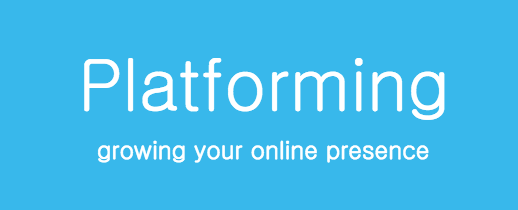
Platform Starts with Your Mindset
When you hear the word platform what comes to mind? A mountain between you and getting published? One more…
October 18, 2020
When you hear the word platform what comes to mind? A mountain between you and getting published? One more…
October 18, 2020
In the beginning of your blogging journey, you most likely won’t have anyone but your mom reading your posts…
April 12, 2019
So you’ve published a book. You just launched it or you’re about to do so. What’s next? How do…
April 10, 2018
When you tell others that you are a writer, one image appears in their mind: you crowded over a…
February 11, 2018
by Susan Stilwell @susanrstilwell Social media is a part of life and savvy writers stay on top of the…
January 2, 2017
Everyone needs a break from time to time. For a writer building a platform, taking a social media break…
June 21, 2016
Good content is critical for a writer but how that content is presented is also important. In Brand Basics…
April 1, 2016
Social media is an important part of building a writer’s platform. With existing networks changing and new networks launching,…
March 9, 2016
We’re familiar with a brand as it relates to corporations. When we think of Coke, McDonalds, and Nike these…
December 17, 2015